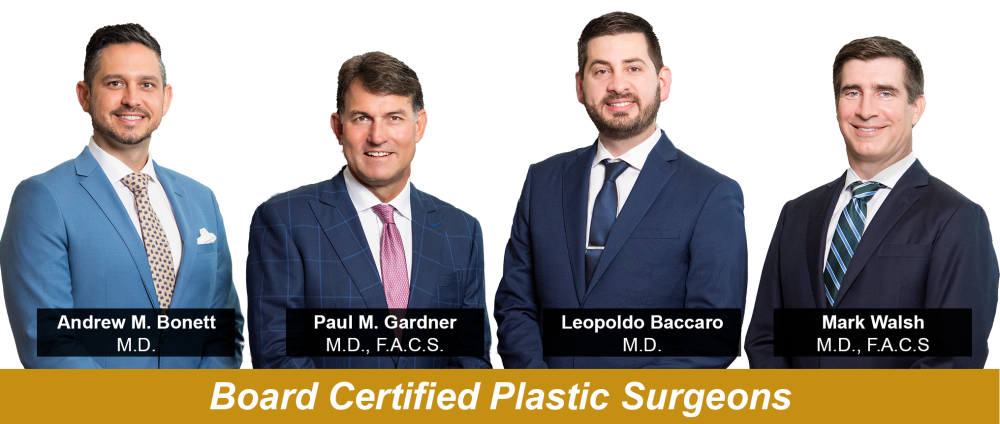
What You Need to Know About Hair Restoration and Aftercare
If hair loss were a disease, it would be considered epidemic as millions of Americans are losing their hair, and roughly 50% of men can expect to experience balding and 25% of women will have visible female pattern baldness by age 50. Those experiencing hair loss cannot stop it as there is no viable cure. However, they can consider several hair restoration options to help fill balding areas and thicken thinning hair.
Southwest Florida-area residents interested in Hair restoration optionsshould consult with Naples Plastic Surgery, where nationally renowned hair loss expert Dr. Michael F. Wisiorek can assess your hair loss to strategize an effective restoration plan. Before you meet with Dr. Wisiorek, you should review the following information about what you need to know about hair restoration and aftercare.
Your Hair Restoration Options
Dr. Wisiorek offers two primary hair restoration options and one supplementary treatment at Naples Plastic Surgery:
- Follicular unit extraction (FUE)—hair follicles are individually removed from parts of the scalp for transplantation into the balding area. The procedure does not leave a distinct scar but instead leaves tiny dots where each follicle was removed, which surrounding hair easily covers. Completely under local anaesthesia, the patient is pain free and can drive themselves to and from the procedure. This is the state of the art technique and Dr Wisiorek has authored two books on the matter. Further, at Naples plastic Surgery, Dr Wisiorek personally performes each and every procedure himself start to finish.
- Strip Harvesting—In the rare instance an FUE is not appropriate, this procedure involves removing a six- to 10-inch strip of follicle-laden skin from the back of the head. This strip is then divided into smaller sections that are surgically implanted into the bald spots of the scalp. The strip incision is closed and sutured, and the surrounding hair will cover its appearance.
- Platelet-rich plasma therapy—this procedure involves drawing blood from the patient, separating its components in a centrifuge, and injecting the platelet-rich plasma into balding areas of the scalp. Researchers believe the platelet-rich plasma triggers and enhance natural hair growth by increasing blood flow to follicles and boosting the thickness of hair shafts. The therapy is often combined as a supplementary option with one of the other hair restoration procedures, though some patients opt to try it as a stand-alone treatment.
What to Expect
Your hair restoration treatment will begin with applying a local anesthetic in both the donor and receiving hair follicle locations. Once numb, Dr. Wisiorek will either remove and transplant the strip or begin the FUE work of removing and transplanting individual follicles.
This is a ONE day process and very well tolerated. Once completed, patients will see immediate results, though transplanted hair usually experiences shock loss within three to four weeks after transplantation. This hair will slowly start to regrow in about 90 days and within a year patients experience full results.
Most patients experience mild pain for a couple of days after the procedure, with more pain typically expressed at the donor site. This pain can be eased with over-the-counter medications. Patients also tend to experience itchiness all over the scalp for up to two weeks after the operation, though this symptom is positive because it’s a sign of tissue recovery.
Post-Operative Care
Dr Wisiorek is with his patients for the entire PROCESS and not just the procedure. Follow ups in person, zoom, email at days 4, 30, 90, 180 and any time one needs.
We provide our patients with detailed post-operative care instructions designed to ensure optimal results from their hair restoration procedure. Correct hair washing is one of the most important aftercare instructions and involves the use of moisturizers and gentle pat drying rather than rubbing.
We advise our patients to refrain from touching the recipient follicle site(s) and to sleep on their backs with their heads elevated on several pillows.
Patients can perform light exercises and physical activities during the first 10 days of the operation and resume full exercise and activities thereafter. However, until the donor and recipient transplant areas have fully healed, patients should shower afterwards to reduce the risk of infection.
How Long Results Last
Whether by strip harvesting or FUE, your hair restoration results should last indefinitely; however, you may experience continued loss of the original hair. Platelet-rich plasma therapy may help reduce this loss, and Dr. Wisiorek can perform touch-up work to maintain the area.
Contact Naples Plastic Surgery for Your Hair Restoration Consultation
If you’re struggling with permanent hair loss in the southwest Florida area, our double-board certified world-renowned hair restoration expert can help restore the youthful appearance of a full head of hair. To learn more, contact Naples Plastic Surgery today at 239.566.2611 to schedule your initial consultation.

